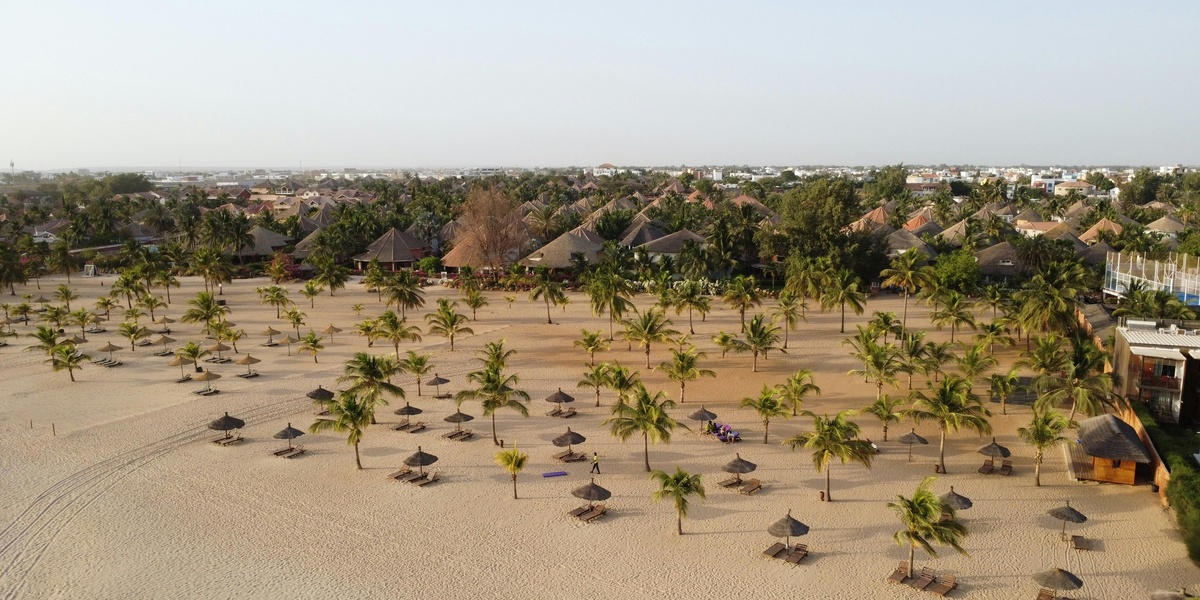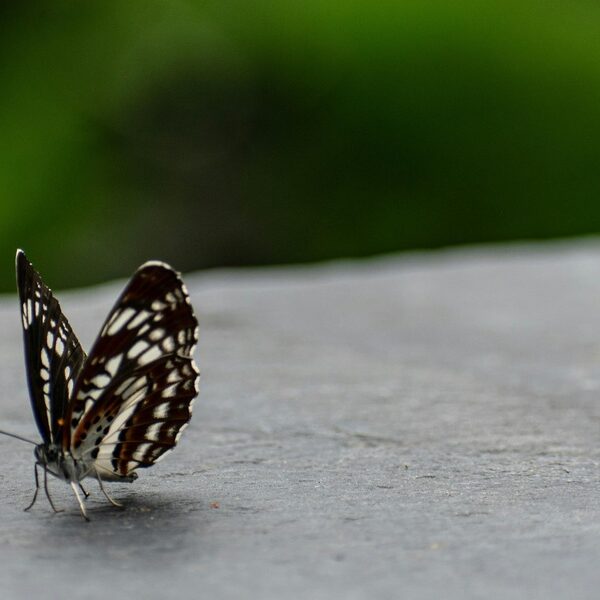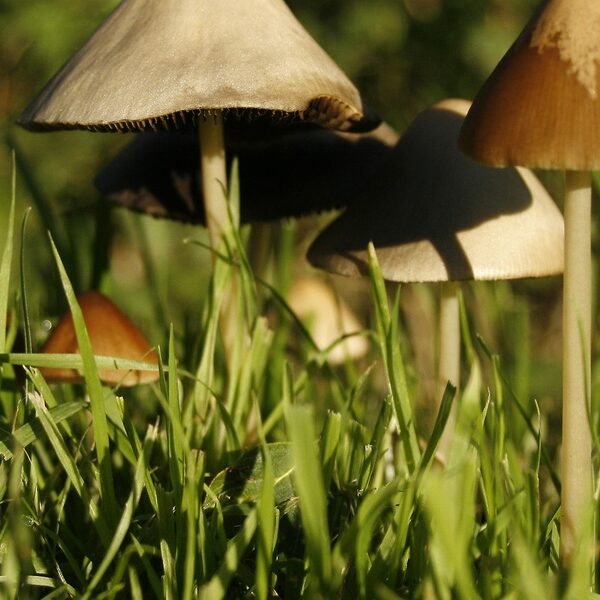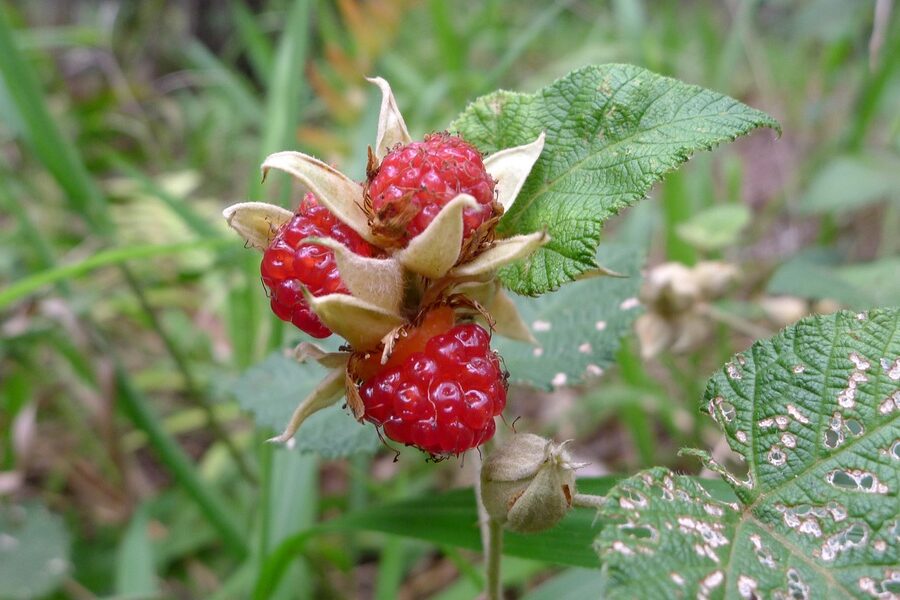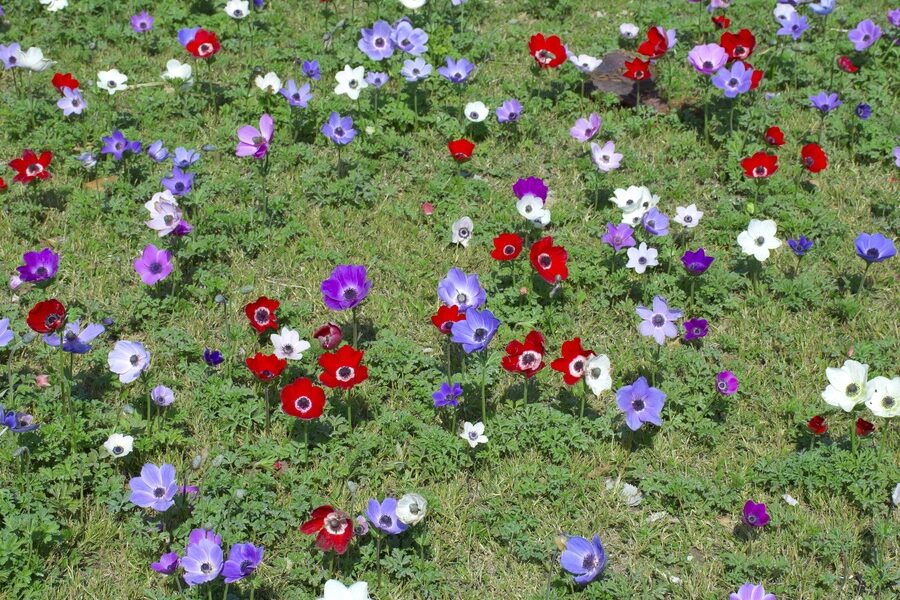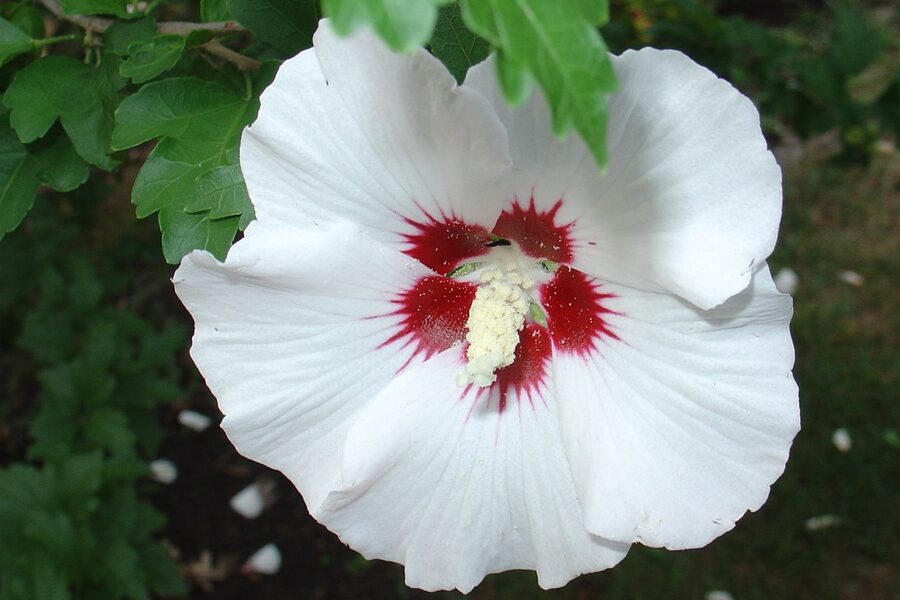Djibouti, a nation nestled in the Horn of Africa, often conjures images of stark, arid landscapes and vast deserts. While challenging, this harsh environment is also home to a resilient and fascinating array of plant life, perfectly adapted to extreme heat and minimal rainfall. These hardy species are not just survivors; they are crucial components of the local ecosystem, providing shade, sustenance, and stability to the unique terrain.
This guide shines a light on the remarkable woody flora that manages to thrive here. Below, you’ll discover a comprehensive list of 19 Trees of Djibouti, showcasing the remarkable diversity from the hardy Ana tree (winterthorn) to the iconic Umbrella thorn acacia. For each species, we’ve organized key details including its Scientific Name, Average Height (m), and Typical Habitat, allowing you to easily understand their characteristics and where they can be found.
How do trees manage to survive in Djibouti’s arid environment?
Trees in Djibouti have evolved remarkable adaptations to cope with the extreme heat and scarce water. Many possess deep root systems that can tap into subterranean water sources, while others have small, waxy leaves or thorns to minimize water loss through evapotranspiration. Some species are also deciduous, shedding their leaves during the driest periods to conserve moisture, only to re-leaf when conditions improve.
What is the ecological importance of trees in Djibouti?
Despite their sparse distribution, trees in Djibouti are vital for maintaining the fragile desert ecosystem. They provide crucial shade for both wildlife and humans, act as a primary food source for local herbivores, and help stabilize the soil, preventing erosion in an already vulnerable landscape. Their presence also contributes to localized microclimates, offering slightly cooler and more humid conditions in their immediate vicinity.
Trees of Djibouti
| Common Name | Scientific Name | Average Height (m) | Typical Habitat |
|---|---|---|---|
| Umbrella thorn acacia | Vachellia tortilis | 8 | Open plains, dry savanna, wadis |
| Red acacia | Vachellia seyal | 10 | Seasonal riverbanks, wadis, lowland plains |
| Senegal thorn | Vachellia ehrenbergiana | 4 | Rocky plains, arid plateaus, gravelly soils |
| Desert date | Balanites aegyptiaca | 8 | Dry lowlands, wadis, scattered woodlands |
| Frankincense tree | Boswellia sacra | 5 | Rocky escarpments, limestone slopes, highland outcrops |
| Myrrh (African) | Commiphora africana | 4 | Rocky hills, dry scrub, wadis |
| Myrrh (Somali) | Commiphora myrrha | 4 | Coastal hills, arid scrub, rocky soils |
| Toothbrush tree | Salvadora persica | 5 | Coastal plains, saline soils, wadis |
| Christ’s thorn jujube | Ziziphus spina-christi | 8 | Wadis, acacia woodlands, dry valleys |
| Mesquite (invasive) | Prosopis juliflora | 8 | Disturbed soils, coastal plains, wadis, around settlements |
| Ana tree (winterthorn) | Faidherbia albida | 11 | Floodplains, seasonal riverbeds, oasis edges |
| Sycamore fig | Ficus sycomorus | 15 | Wadis, riverine galleries, irrigated sites |
| Grey mangrove | Avicennia marina | 6 | Coastal mudflats, lagoons, mangrove stands |
| Date palm | Phoenix dactylifera | 20 | Oases, irrigated plots, coastal settlements |
| Senegal date palm | Phoenix reclinata | 10 | Coastal swamps, seasonal watercourses, wadis |
| Tamarisk | Tamarix aphylla | 12 | Dry riverbeds, salty soils, coastal plains |
| Bush willow | Maerua crassifolia | 4 | Rocky slopes, dry bushland, wadis |
| Grey-leaf cordia | Cordia sinensis | 5 | Dry valleys, wadis, acacia woodlands |
| Terminalia brownii | Terminalia brownii | 10 | Seasonal riverbeds, rocky hills, dry woodland |
Images and Descriptions
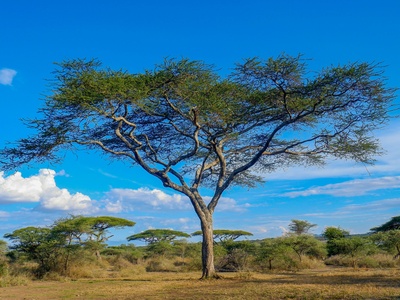
Umbrella thorn acacia
Iconic flat-topped acacia of the Horn: drought-tolerant, deep-rooted, provides shade and forage for livestock and wildlife; thorny branches and small pinnate leaves reduce water loss.
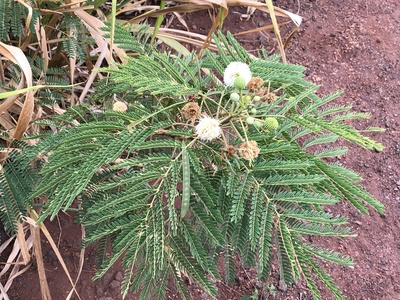
Red acacia
Smooth-barked acacia found along intermittent streams; fixes nitrogen, supplies fodder and fuelwood, and tolerates saline soils and seasonal flooding.
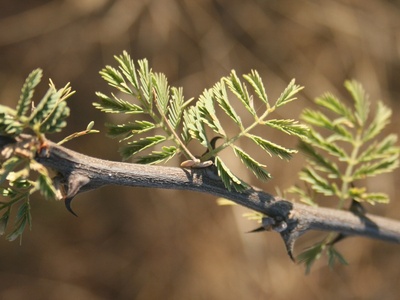
Senegal thorn
Small, hardy tree adapted to extreme dryness with tiny leaves and thorns; important browsed species and stabilizer of poor soils.
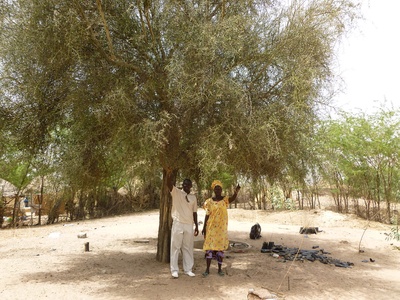
Desert date
Thorny tree with oily edible fruit used locally for food and oil; very drought-resistant and common in Sahelian–Horn transition zones.
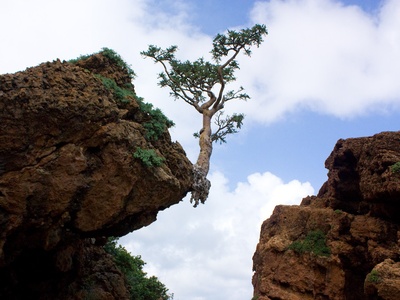
Frankincense tree
Source of aromatic resin (frankincense); small, drought-adapted tree growing on rocky, well-drained slopes and culturally significant across the region.
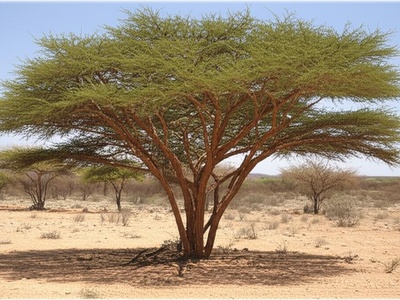
Myrrh (African)
Small aromatic tree producing resin used traditionally; succulent bark and drought-resilient leaves help it survive arid conditions.
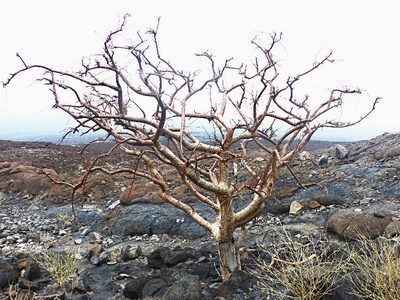
Myrrh (Somali)
Resin-producing species common in Horn coastal and inland arid areas; adapted to poor soils and used for incense and traditional medicine.
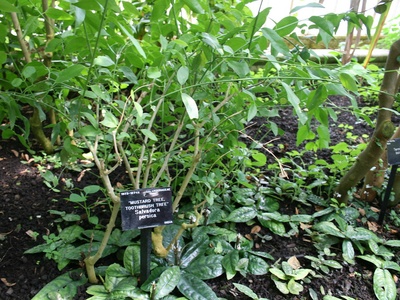
Toothbrush tree
Known as miswak, this small tree tolerates salty, dry soils; twigs are used for dental hygiene and leaves provide browse for animals.
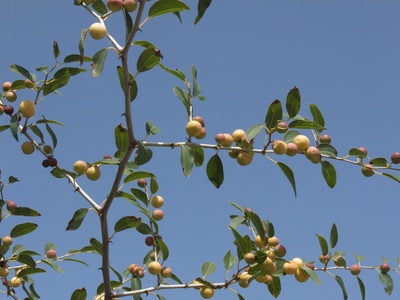
Christ’s thorn jujube
Tough tree with small glossy leaves and edible fruits; highly drought-tolerant, used for shade, fruit and traditional medicine.
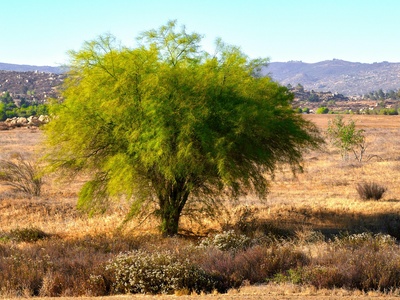
Mesquite (invasive)
Introduced and now widespread; extremely drought-hardy and fast-growing, provides fuelwood and shade but can displace native vegetation and alter soils.
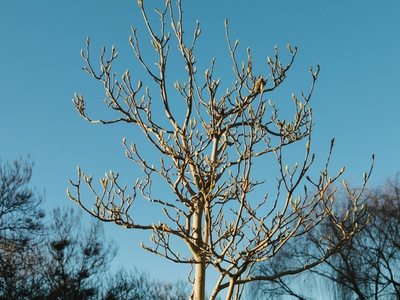
Ana tree (winterthorn)
Deciduous tree with reversed leafing (leafless in wet season), fixes nitrogen and improves soils; valued as fodder and shade in cultivated areas.
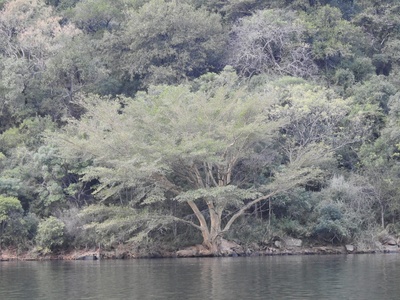
Sycamore fig
Large fig often found along permanent or seasonal watercourses; produces nutritious figs and supports wildlife, with deep roots tapping subsurface moisture.
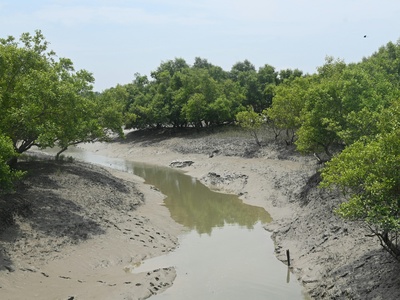
Grey mangrove
Salt-tolerant mangrove lining sheltered bays and estuaries; stabilizes shorelines, supports fisheries and withstands high salinity and tidal stress.
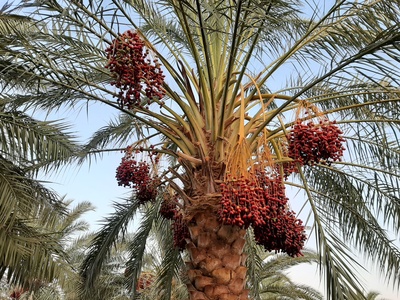
Date palm
Cultivated palm in oases and gardens providing dates, shade and a traditional economic crop adapted to groundwater-fed arid sites.
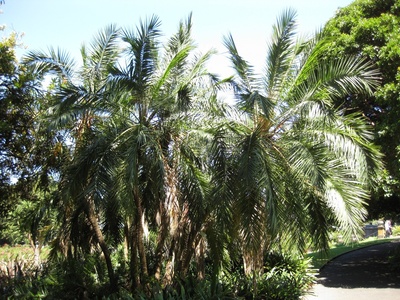
Senegal date palm
Wild/rougher palm than the cultivated date; tolerant of variable water availability and used locally for fiber, thatch and shade.
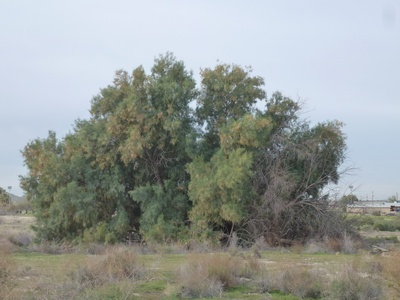
Tamarisk
Salt-tolerant, deep-rooted tree often used for windbreaks and shade; survives in saline and arid conditions but can alter soil salinity where dense.
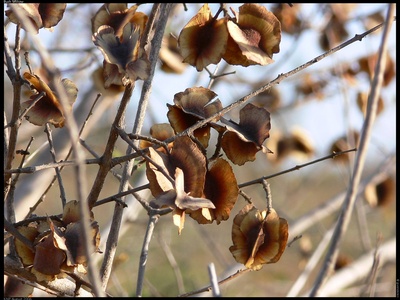
Bush willow
Small drought-adapted tree with edible fruits and leaves browsed by animals; common on rocky, well-drained sites.
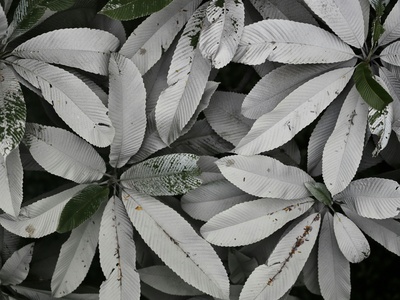
Grey-leaf cordia
Small tree with grey-green leaves and fragrant flowers; tolerates drought and provides fodder, shade and occasional timber.
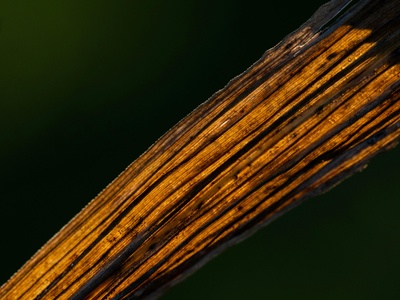
Terminalia brownii
Medium-sized tree in dry river corridors; tolerates seasonal moisture and provides timber, fuelwood and traditional medicine.
